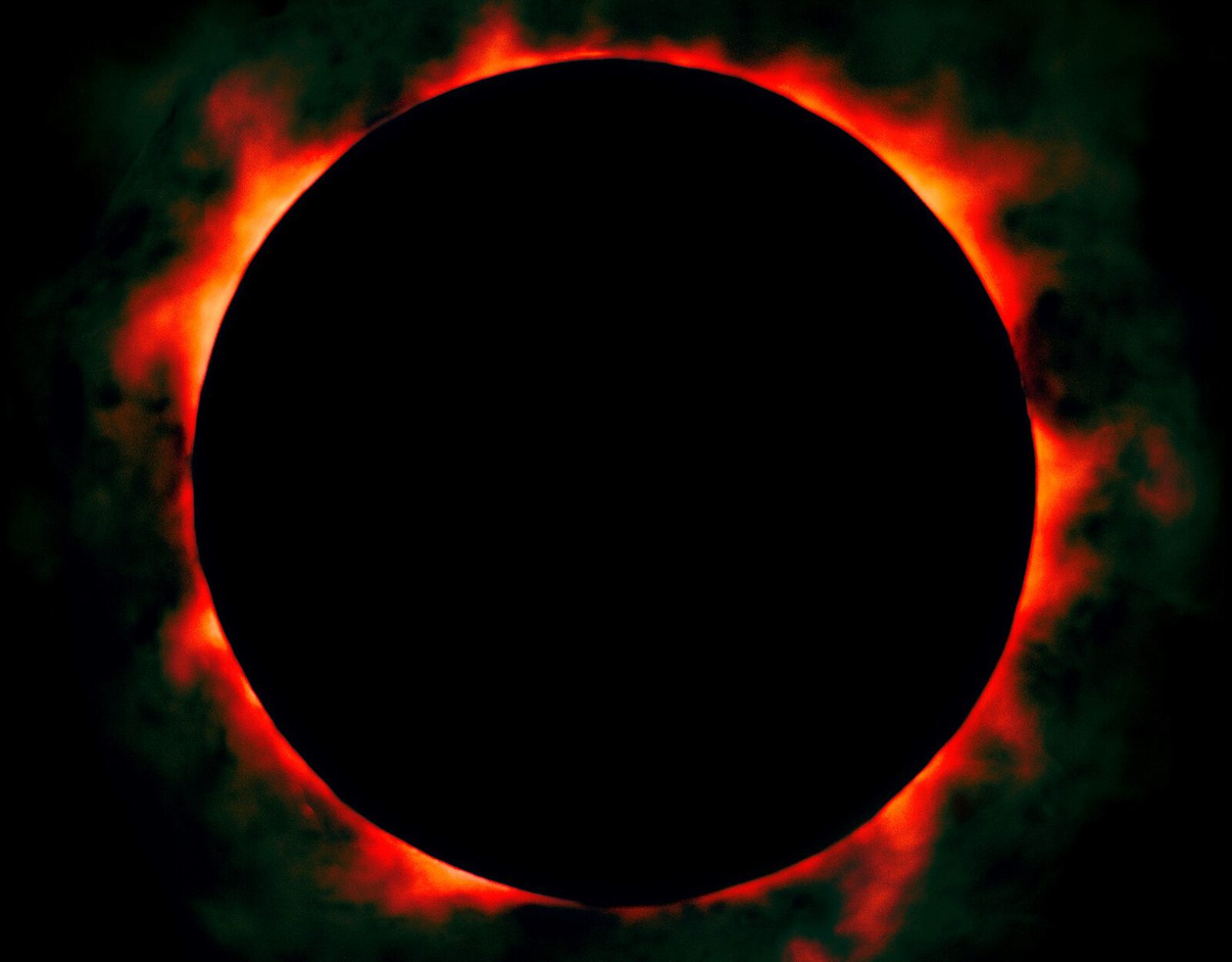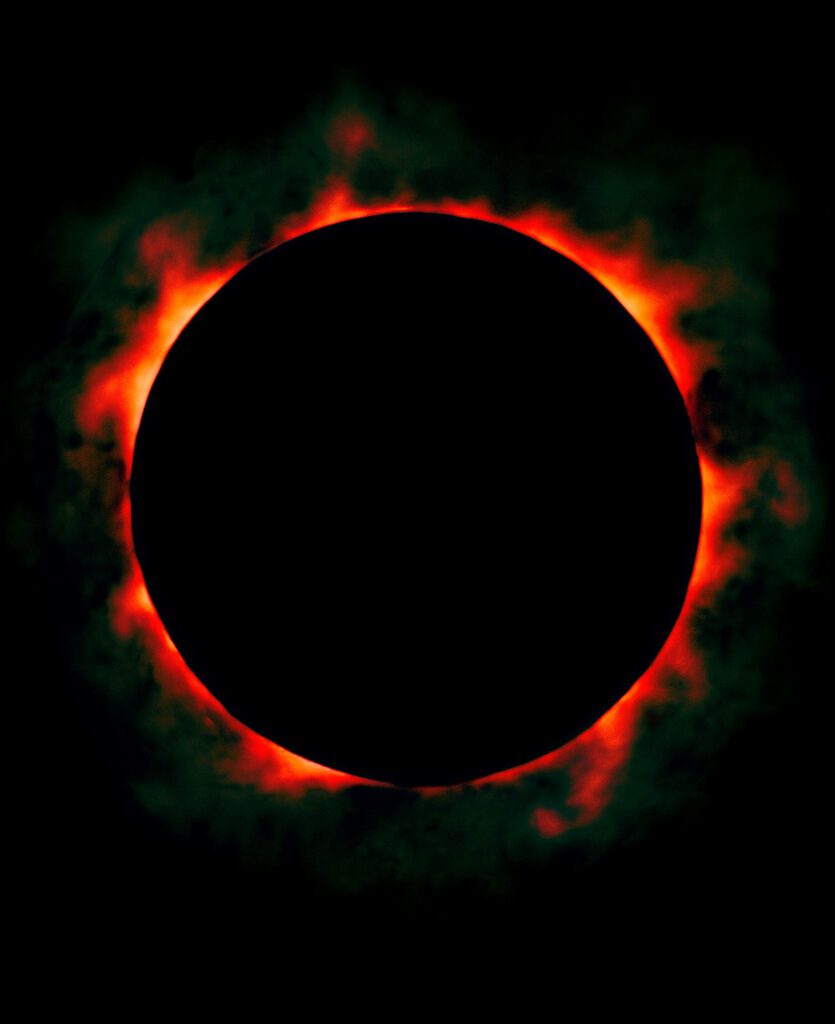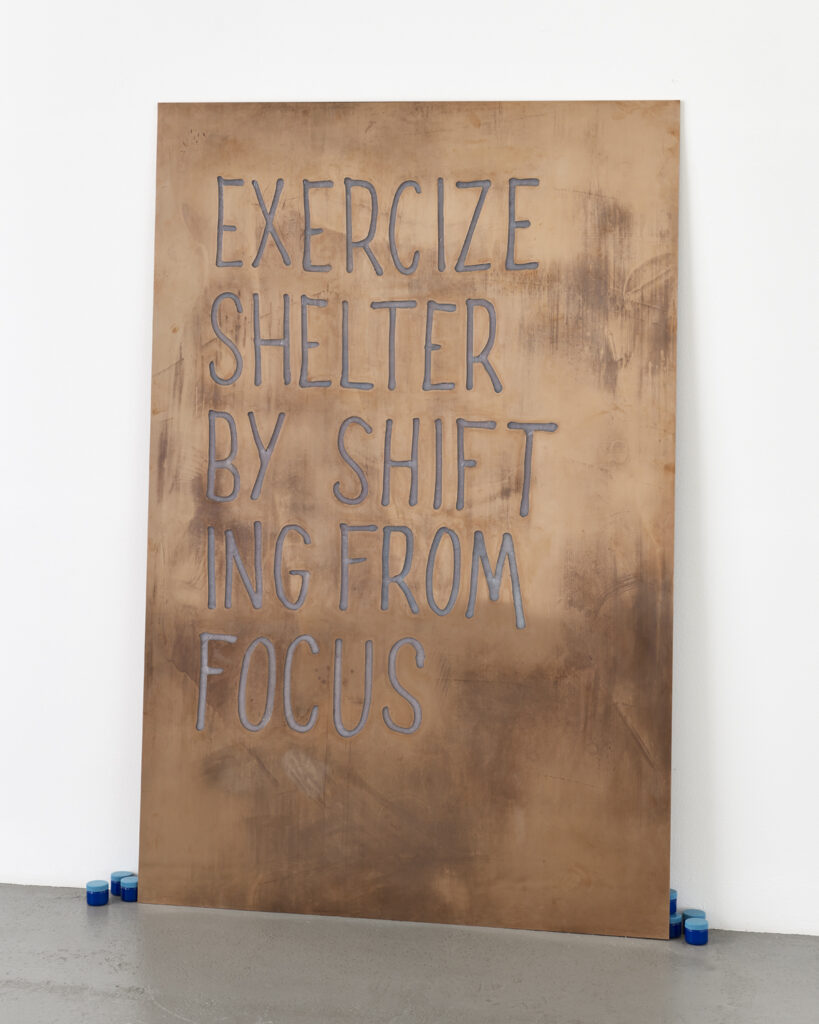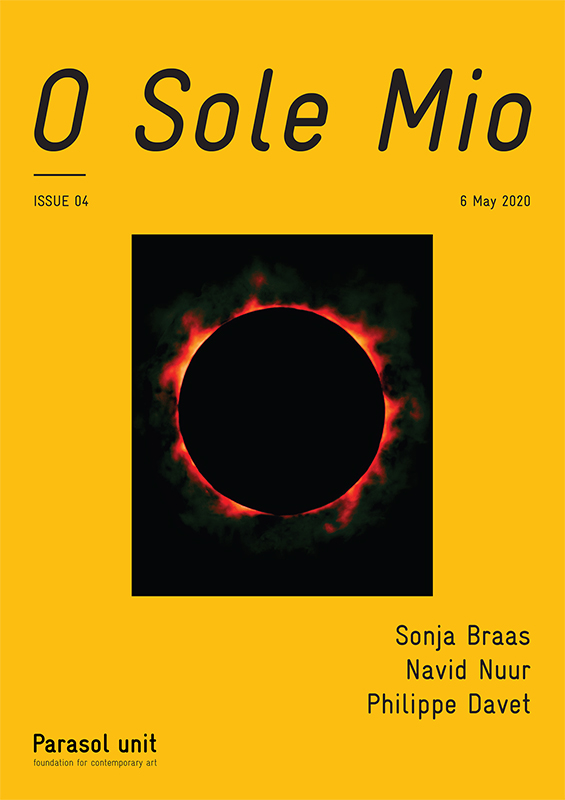The Unknown Faces of Abundance
From the outset the digital exhibition O Sole Mio was conceptualised with the idea that the dark shadows cast on our world and its billions of inhabitants by the Covid-19 pandemic needed to be counterbalanced by some positive thoughts, because, despite the many negatives, there is still an incredible amount of positivity and goodwill on our planet. I felt blessed when the recollection of the beautiful song ‘O Sole Mio’ inspired me to develop the idea of a digital exhibition and guided me through its concept and realisation. Needless to say, without the support and thoughtful contributions of many artists and thinkers such a project could never have come to fruition. Therefore, I express my gratitude once more to everyone who accepted my invitation to be part of this venture.
As we all know, the news of the pandemic was initially received with shock, followed variably by positive actions, fear of the unknown and even some expressions of denial. However, as Covid-19 took centre stage and became a reality to reckon with, there was an urgent need to find a path out of it via a whole range of precautions and advice, such as social-distancing, isolation and extreme attention to hygiene. Later, as one country after another realised the full import of this rapidly spreading infection and the potential expanse of its ruination, the unpredicted reigned. None of us will ever forget the images of overworked and exhausted medical carers going about their duties, often lacking proper protective attire, the rows of coffins or, in too many cases, the piles of plastic rubbish bags containing dead bodies left on the streets. The human pain and devastation also seemed to foreshadow the likelihood of a global economic recession, thereby recalling The Great Depression of 1929–1933. All of what has happened in a matter of weeks has changed the mood of a world afloat on affluence into one of more serious reflection. It is extraordinary how swiftly an occurrence can enter the scene and generate infinite challenges. Prior to the Covid-19 outbreak, we all had different opinions about the state of the world but none was as devastating as this new reality.
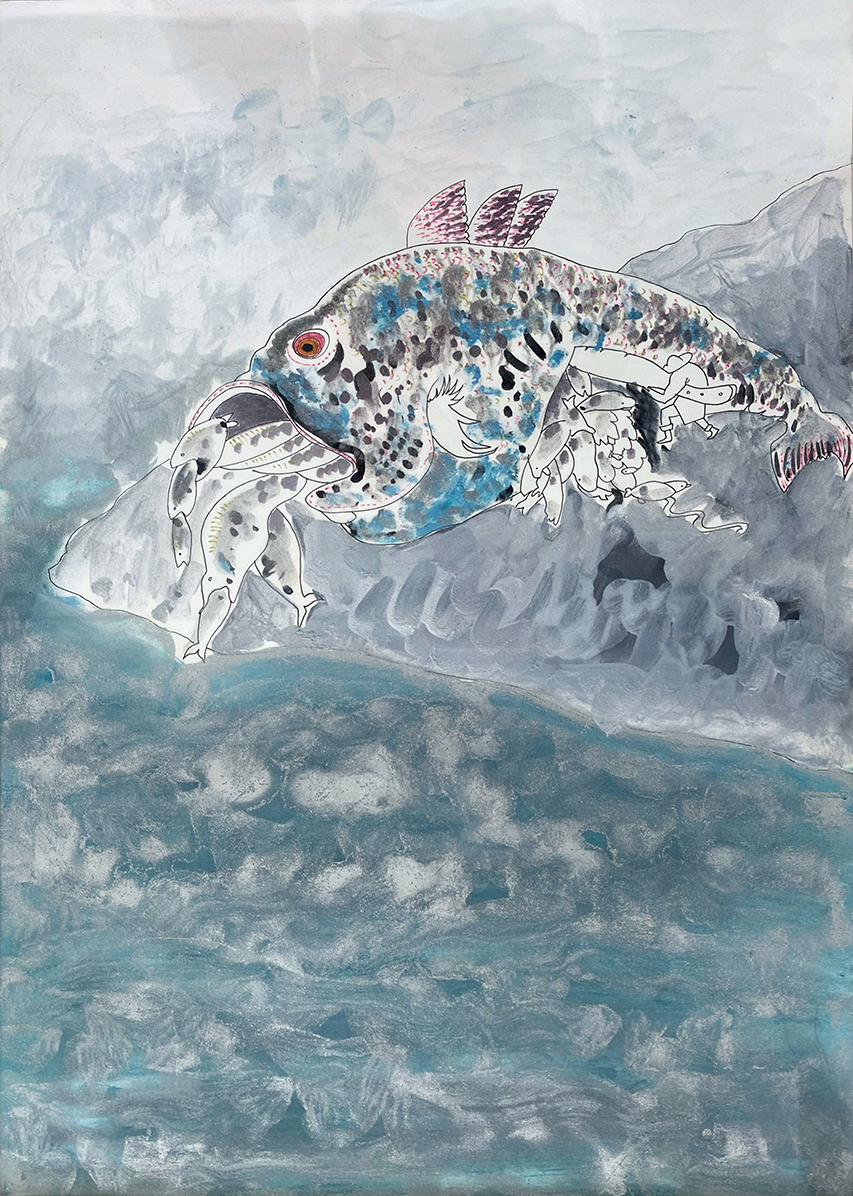
Today, sitting at my desk, the many contributions I have received for O Sole Mio from artists and art professionals make it clear how many and various are the thoughts we have. It has also made me, a curator, become also an editor. All this is testimony to how far reaching and extensive are our observations of the world, registration of facts, and the ensuing intellectual responses. These reactions have once more proven to me that although human nature is intrinsically optimistic and has an inherent desire to make things happen and to prosper, we must nevertheless remain alert to what else is going on around us and to be aware of where we stand. Many of us may have neglected this for some time, which is probably also part of human nature. Meanwhile, today, we are where we are and all of us must urgently contribute and strive in whatever way we can to end the pandemic. We also need to take a good look at the root of problems for, as we all must understand, a healthy house can only stand on healthy stilts.
The artists Sonja Braas and Navid Nuur have generously shared their thoughts and works for this our fourth issue of O Sole Mio, and in the Reflection section Philippe Davet responds to ‘O Sole Mio’ and what it means to him. These contributions are all deliberate and inspiring and offer a variety of thoughts on finding alternative paths out of the current crisis. Conceptual in nature, the works of Sonja Braas and Navid Nuur make us tactfully attentive to what the potential for danger means. Braas’s photograph Eclipse, 2016, and her accompanying text discuss how in some ancient cultures an eclipse was considered a bad omen or due to supernatural causes. By juxtaposing those ideas with the current situation, she ponders what possibilities there are for our learning from it. Nuur’s contribution, Untitled (Exercize shelter by shifting from focus), 2013, is a large copperplate engraved with a cryptic message. The work reveals a clever strategy for staying out of trouble in times of danger. It remains for us to understand whether in Nuur’s mind this heads-up is addressed to government authorities or to citizens, or indeed to both. As usual with Nuur’s work the viewer experience is integral to the whole. In this work, the engraved words are filled with Vicks Vaporub, an ointment with a strong smell of eucalyptus and traditionally used to alleviate respiratory discomfort. The precautionary stands taken by both artists are intelligent and commanding. Perhaps they emphasise that before any potentially devastating occurrence, we must be alert for early signs and take preparatory action.
Ziba Ardalan
Founder, Artistic and Executive Director


